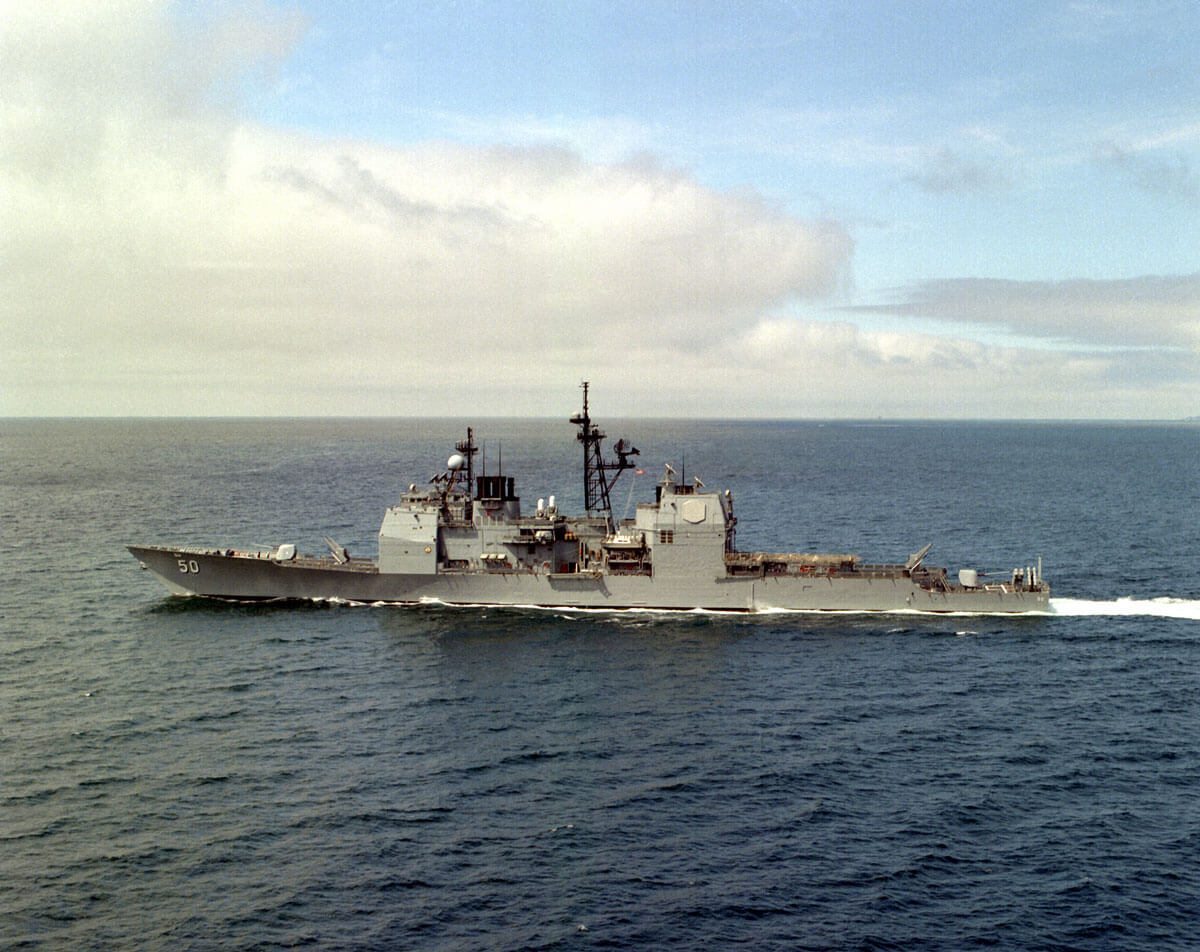Asbestos Exposure on the USS Valley Forge

Hull Number: CV-45
Type: Aircraft Carrier
Class: Essex
Built: Philadelphia, PA
The USS Valley Forge was one of 24 Essex-class Aircraft Carriers constructed in the 1940s. Built by the Philadelphia Naval Yard and commissioned in November of 1946, the ship began active duty too late to participate in World War II.
As one of the “long hull” models of Essex Carriers, the ship measured 888 feet in length, and carried a complement of 3,448 officers and men, with between 90 and 100 aircraft. It served briefly in the U.S. Navy’s Atlantic Fleet during the late 1950s, but mainly conducted operations in the Far East.
It earned eight battle stars for operations in the Korean War, and nine for battles in Vietnam, and was also presented with three Navy Unit Commendations over the course of its service, prior to being decommissioned in January 1970.
For those who served aboard the USS Valley Forge, exposure to asbestos was very likely. From the 1930’s until the mid-1970’s, asbestos was found in abundance on Navy ships, in equipment such as boilers, turbines, pumps, valves, and electrical components.
Materials such as gaskets and packing were also often made from asbestos. These asbestos products were located in the boiler and engine spaces in an especially high concentration, leaving Boiler Tenders, Machinist’s Mate, and others who worked in these areas at an elevated risk.
The companies who manufactured these asbestos products often knew of the harmful health effects of asbestos, but chose to not warn anyone who served aboard the USS Valley Forge or other ships from the era.
Victims of asbestos exposure who served in the Navy have a right to seek compensation. Settlements can offset or cover the costs of battling asbestos-related diseases, and may provide additional sums for pain and suffering.
The law limits the time in which a lawsuit can be filed however, so it is important to seek legal counsel soon after a diagnosis is made.
